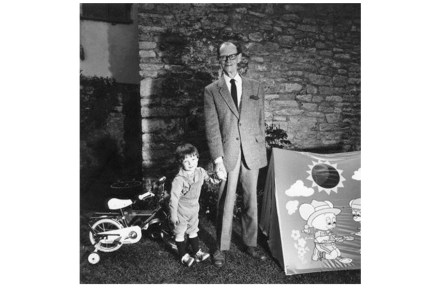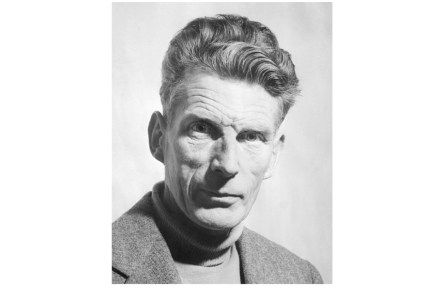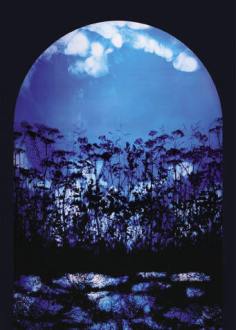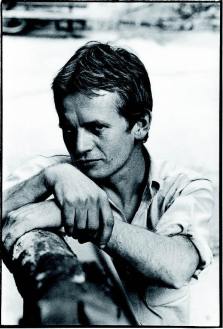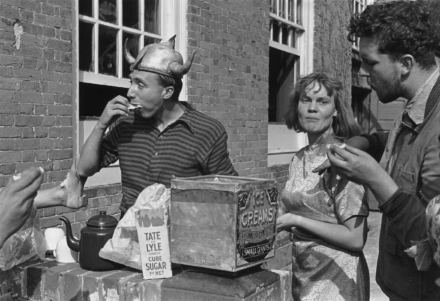My Dear Hugh: Letters from Richard Cobb to Hugh Trevor-Roper and Others edited by Tim Heald
Richard Cobb had many good friends, among them Hugh Trevor-Roper, who kept letters, and so made this selection possible. There must be many more letters, since the author was an inveterate correspondent at least from the 1930s. The wartime ones would be of greater historical interest than these, which are nearly all post-1967, many of them concerned with the essentially piddling subjects of university politics, pupils and personalities. Of course, these are foie gras and the sound of trumpets to persons connected with such things at Oxford and Cambridge, but the admirable publisher must be aiming at a larger audience than that, ignoring Cobb’s own repeated assertion that ‘nothing ever
